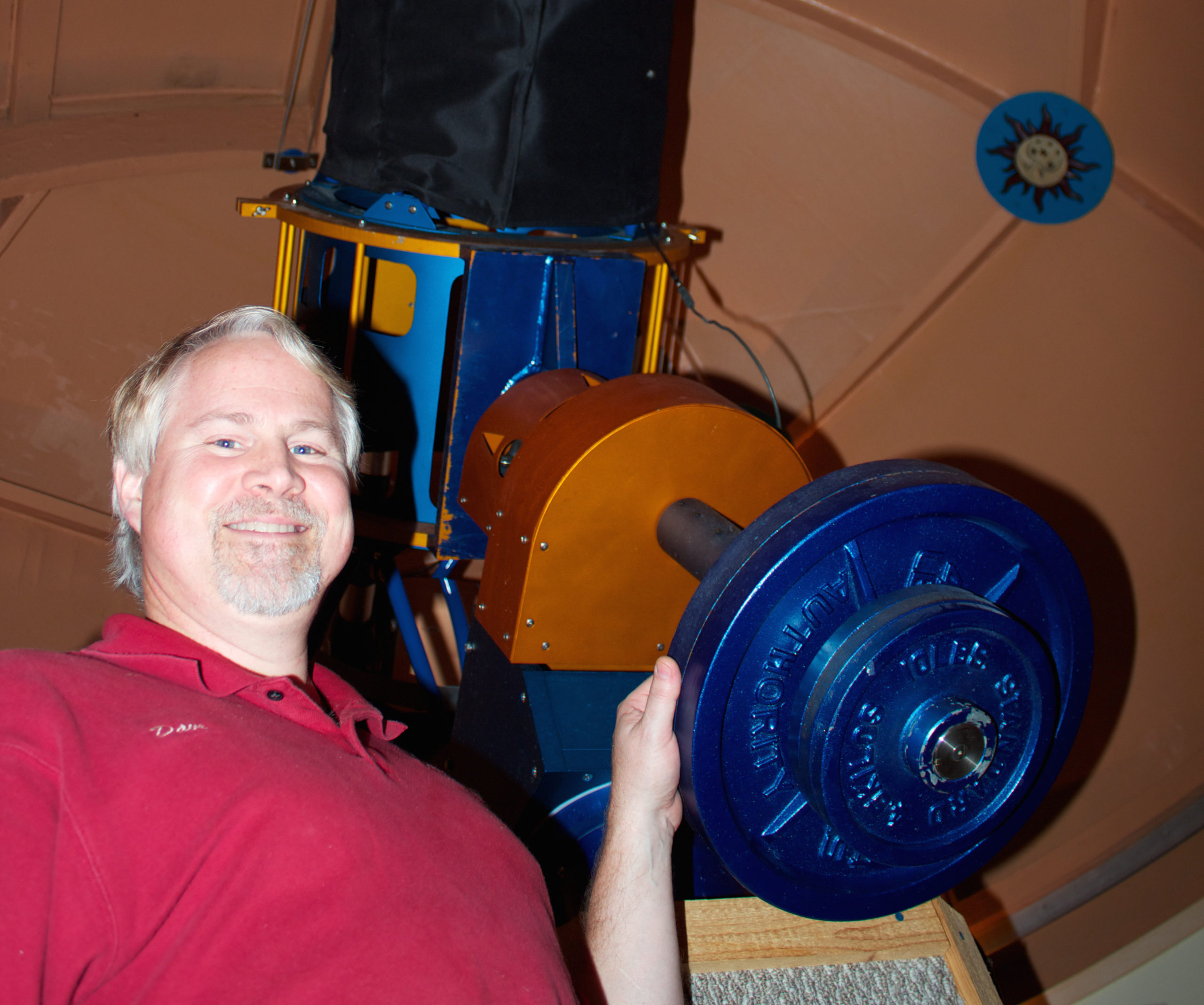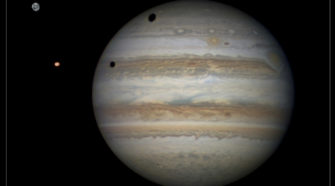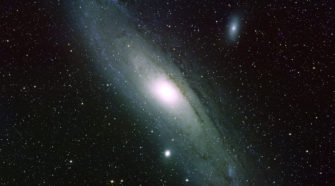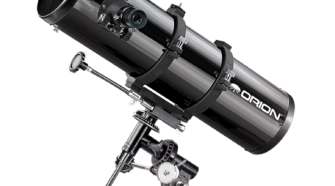Take a closer look at the Moon
Observing the Moon The object of the month this time is the closest celestial body to us: The Moon. The Moon plays a big part in Astronomy for a number of reasons, the main one being light. Although the Moon does not generate light itself, it acts as a giant reflector for the sun. When …
Starting in astrophotography
If you thought buying a telescope was confusing and complicated, then moving on to astrophotography can be even worse. This arises because of the myriad of different types of photography that can be done, the budget available, and the celestial objects that you want to image. Astrophotography can range from taking starscapes with your existing …
David Hearn takes outreach to new level with Kissimmee Park Observatory
Public outreach is an oft used and abused term nowadays, but I find it the wrong label for astronomy. In Astronomy we are reaching out for the stars! What is really meant in this context is knowledge sharing and encouraging people to raise their eyes to the stars. I found it somewhat depressing that a …
Jupiter: The Gas Giant
Of all the planets that orbit around our Sun there are two that are easily visible and are fascinating objects to view. These are, of course, Saturn and Jupiter. Of these Jupiter is prominent in our night skies at the moment. At magnitude -2.06 it is the third brightest thing in the sky after the …
Comets are unpredictable beasts
The media was full of talk of comets with the inaugural visit of Comet ISON C/2012 S1. It was pre-hyped as being “The Comet of the Century”, being visible in daylight etc, etc. The reality of the matter is that comets are strange beasts and are rarely predictable unless they have been round a few …
Catch a falling star: Quadrantids ring in 2014
Falling stars, shooting stars and fireballs are all common names for meteors. ‘Catch a falling star and put it in your pocket’ was a number 1 song by Perry Como from 1957. The lyrics, of course, allude to meteors. To bring in the new year there is a regular meteor shower called the Quadrantids. This …
Top 10 must-see list for new astronomers
It is very difficult to draw up a Top 10 list in any subject. In astronomy it is even more difficult due the the huge number of prospective candidates for the list. I have made it somewhat easier by restricting the list to things that beginners may view with relatively basic equipment. My list is …
Starting in astronomy: Recognising the night sky
When you look up into the night skies you will see a myriad of twinkling stars. With all of the stars in the sky you would have thought it would be impossible to recognise individual ones, but you would be wrong. Of course, nobody can recognise all of them but by starting to see patterns …
Cygnus the swan
Cygnus, The Swan, is a majestic and easy to identify constellation in the northern hemisphere. This is best viewed in summer and autumn when it rises overhead in the night skies. Cygnus is a great naked eye constellation with lots of detail and great objects within it as you start to use more powerful optical …
Starting in astronomy: Buying your first telescope
A telescope is a spectacular scientific instrument that is accessible to people of all means and abilities and opens up the wonders of the Universe. Like all things technical it is a tool and you will only be able to use it with the correct training. Also, typically, there are a number of different types …










